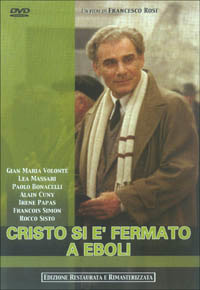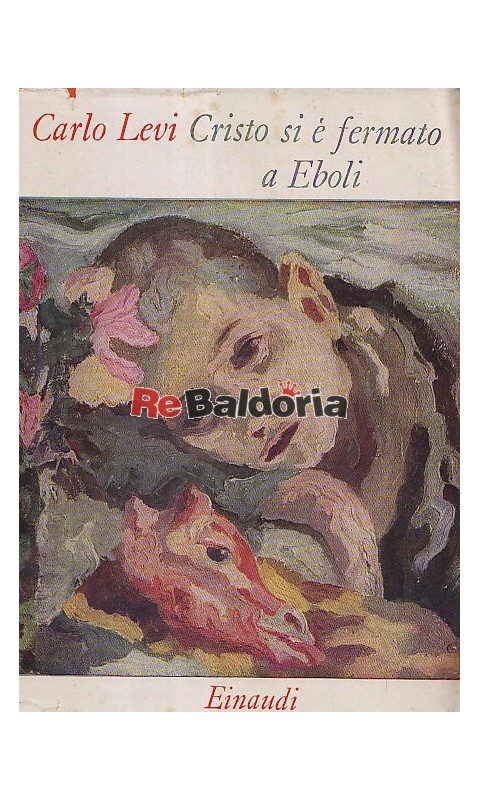
Rosi's poetics of adaptation can be illuminated by a reading of Pasolini's cinematic theory, which Gilles Deleuze credits with a revolutionary transformation of the relationship between the cinematic image and the word (Deleuze 110). In his own Cristo si e fermato a Eboli, the director effectively engages in the authorship of a new, specifically cinematic, text, whose structure is entirely dictated by the "demands" of the image as its foundational principle. Thus it is that the film also eventually becomes an act of writing, to the extent that the creative process involved in a film is autonomous with respect to its literary antecedent. Surely, this narrative structure will eventually, when translated into images, have to muster the specific demands made upon it by the images themselves, which are different from those imposed by words. Using a book as a source and as a point of reference carries with it the obligation to respect a certain narrative structure.

That simply would not be a legitimate way to proceed. One cannot choose a masterpiece such as Levi's Christ Stopped at Eboli and then use it exclusively as a source of raw material. In an interview with Carlo Testa, Rosi clarifies his approach to the adaptation of Levi's book, underscoring both his reverence for the author's work and his awareness of the role of the director's inventiveness in translating words into images:

Paradoxically, then, in his cinematic re-elaboration of Levi's book, Rosi is most original when he is most faithful to Levi's poetics, exploring and giving full expression to the visual potential of the writer's text. He thus creates a cinema of painting, analogous to Pier Paolo Pasolini's "cinema of poetry," where the painted image dictates the stylemes of cinematic language and determines the narrative structure of the film.

In adapting Levi's memoir for the screen, Rosi relies explicitly on Levi's Lucanian paintings, and presents them as the fundamental semiotic unit of his own film language. In this essay, I propose that Francesco Rosi's cinematic re-elaboration of Cristo si e fermato a Eboli further develops the idea of painting as the basis of the narration. Essi sono non solo illustrazioni, ma la sua interpretazione autentica" (qtd. The fundamental function of painting is confirmed in a private note to a friend, where he remarks that his paintings "furono in verita i soli appunti sui quali anni dopo il libro fu elaborato e costruito. In the 1963 prefatory letter to Giulio Einaudi that opens Cristo si e fermato a Eboli, the painter and writer Carlo Levi posits his art as the original source of his book: "il Cristo si e fermato a Eboli fu dapprima esperienza, e pittura e poesia, e poi teoria e gioia di verita, per diventare infine e apertamente racconto" (Cristo xix).


 0 kommentar(er)
0 kommentar(er)
